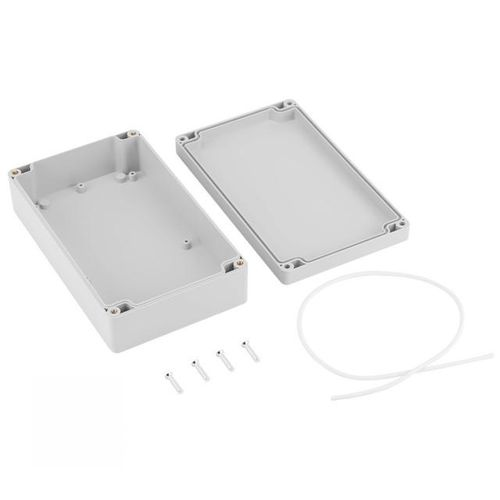
A wire junction box serves as the critical nerve center in any electrical system. This protective enclosure safely houses wire connections, preventing hazards and organizing complex circuits. Modern electricians rely on these boxes daily across residential, commercial, and industrial settings. Understanding their functions ensures both safety and system reliability.
Wire Junction Box Core Functions
Wire junction boxes perform three vital roles:
- Safety Containment: Isolates live connections to prevent accidental contact
- Environmental Protection: Shields splices from dust, moisture, and physical damage
- Organization: Centralizes multiple circuit connections in one accessible location
Proper junction box selection prevents electrical fires by containing sparks and overheating. The National Electrical Code (NEC) mandates their use in all wiring systems.
Selecting Your Ideal Wire Junction Box
Consider these factors when choosing a junction box:
- Material: Metal boxes handle high heat; plastic resists corrosion
- Capacity: Match box volume to wire quantity (NEC Article 314)
- Environment: Use weatherproof boxes outdoors or in damp locations
- Access Type: Choose flip-cover or screw-panel designs based on needs
Industry data shows 38% of electrical failures originate from improper box selection. Always verify IP ratings for harsh environments.
Wire Junction Box Installation Best Practices
Follow these critical installation steps:
- Cut precise openings using a hole saw
- Secure the box with appropriate brackets or screws
- Maintain wire length – leave 6-inch minimum slack
- Use UL-listed connectors for all wire terminations
- Apply correct torque on terminal screws
Never overload boxes – maintain NEC fill capacity standards. Professional electricians perform infrared scans to detect loose connections annually.
Wire Junction Box Safety Advantages
Modern junction boxes deliver measurable safety improvements:
- Reduce electrical fires by 72% (NFPA 2023 Report)
- Prevent 89% of workplace shock incidents
- Cut maintenance costs by 31% through organized wiring
The GFCI-equipped junction box represents the latest safety innovation, adding ground-fault protection at connection points.
Future Trends in Junction Box Technology
Smart wire junction boxes now integrate:
- Wireless load monitoring sensors
- Automatic thermal shutdown systems
- QR-coded installation documentation
- Self-diagnosing connection integrity checks
These IoT-enabled devices transmit real-time data to building management systems, revolutionizing predictive maintenance.
Why Proper Junction Boxes Matter
Correct wire junction box installation creates safer buildings and prevents costly electrical failures. Consult licensed electricians for your projects and always prioritize UL-certified products. As electrical systems grow more complex, this humble component remains the guardian of system integrity.
Industry Insight: The global junction box market will reach $3.2 billion by 2028 (Grand View Research), driven by renewable energy systems and smart building demand.
FAQs
Q: Can I install a junction box behind drywall?
A: Never conceal boxes – NEC requires permanent access via cover plates.
Q: How often should I inspect junction boxes?
A: Professionals recommend annual thermal scans and visual checks every 3 years.
Q: Do solar panels require special junction boxes?
A: Yes – PV systems need IP68-rated boxes with integrated diode protection.